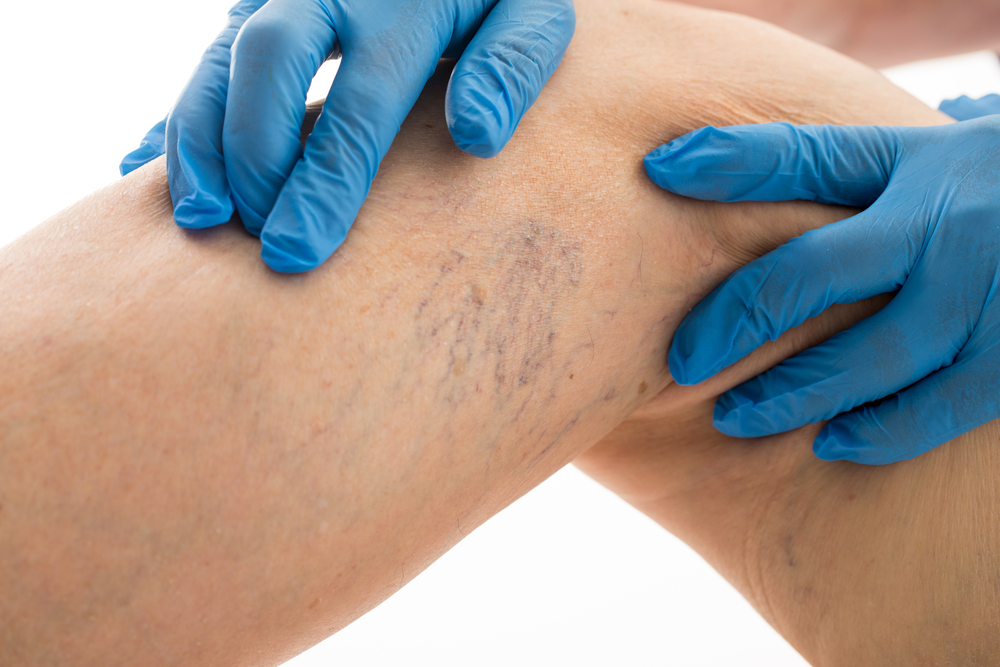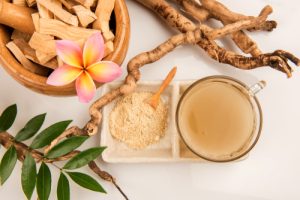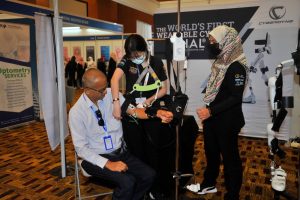Spider Veins vs Varicose Veins: A Comprehensive Overview
Spider veins and varicose veins, while often mentioned in the same context, present distinct characteristics and health implications. This article aims to demystify their differences, offering insights into their identification, causes, and management strategies. Understanding these distinctions is crucial for appropriate treatment and potential prevention.
What Are Spider Veins?
Spider veins, medically termed telangiectasias, are small, dilated blood vessels visible near the surface of the skin. They exhibit a red, purple, or blue hue and manifest in a web-like or linear pattern. Commonly affecting the legs and face, spider veins are usually painless and more of a cosmetic concern than a health issue.
Varicose Veins Explained
Varicose veins are enlarged, twisted veins that typically appear in the legs. They are often blue or dark purple and can protrude above the skin surface, giving a bulging appearance. Unlike spider veins, varicose veins can cause discomfort such as aching, swelling, or itching. These symptoms reflect underlying venous insufficiency, where veins struggle to send blood back to the heart efficiently.
Spider Veins and Varicose Veins: Causes
The onset of spider and varicose veins is attributed to a combination of genetic, physiological, and lifestyle factors. Key contributors include:
- Genetics: A strong family history significantly raises the likelihood of developing these conditions.
- Ageing: As one ages, vein elasticity decreases, increasing the risk of vein abnormalities.
- Hormonal Changes: Fluctuations during pregnancy, puberty, and menopause can affect vein health.
- Prolonged Standing/Sitting: Extended periods in these positions put additional pressure on leg veins.
- Obesity: Excess weight contributes to increased pressure and strain on the venous system.
Each factor independently or collectively influences the development and severity of spider and varicose veins.
Health Impact of Vein Conditions
While spider veins are primarily a cosmetic concern, they can occasionally indicate deeper venous issues. In contrast, varicose veins carry more significant health implications. These may include:
- Discomfort and Pain: Aching, throbbing, or cramping in the legs, especially after prolonged standing.
- Skin Changes: Development of venous eczema, colour changes, and thickening of the skin near affected veins.
- Ulcer Risk: Increased susceptibility to venous ulcers, which are challenging to heal and require medical attention.
- Blood Circulation Issues: Potential for complications like blood clots, particularly in severe cases of varicose veins.
Understanding these implications is vital for seeking appropriate medical advice and intervention.
Diagnosis and Treatment
A thorough physical examination is the first step in identifying vein issues. Ultrasound imaging provides detailed insights into vein structure and blood flow, crucial for accurate diagnosis.
Managing Spider Veins:
- Sclerotherapy: Involves injecting a special solution that causes the veins to collapse and gradually disappear.
- Laser Therapy: Utilises targeted light energy to close and fade spider veins.
Combatting Varicose Veins:
- Compression Therapy: Wearing specially designed stockings to improve circulation and alleviate symptoms.
- Endovenous Laser Therapy (EVLT): A minimally invasive procedure using laser technology to seal problematic veins.
- Surgical Interventions: For severe cases, surgical options like vein stripping are considered.
Each treatment is tailored to the patient’s specific condition, ensuring the most effective management of their vein issues.
Prevention Strategies for Vein Health
Embarking on the journey of prevention, it’s essential to understand that while genetic factors play a role, lifestyle choices significantly influence the development and progression of both spider and varicose veins. The narrative of prevention weaves through daily habits and choices, highlighting the power of proactive measures.
- Embracing an Active Lifestyle: Regular exercise, especially activities that promote leg strength and circulation like walking or cycling, is a cornerstone of vein health. The rhythmic muscle contractions during these activities aid in efficiently pushing blood back to the heart.
- Weight Management: Maintaining a healthy weight is more than just a matter of aesthetics; it’s about reducing the burden on your veins. Excess weight puts additional pressure on the leg veins, exacerbating the risk of vein problems.
- Posture and Movement: Our modern lifestyle often chains us to desks and chairs, but it’s vital to break this pattern. Frequent movement, avoiding prolonged sitting or standing, and elevating the legs when possible, can all help in mitigating the risk.
- Wardrobe Choices: The role of compression stockings is typically understated. These garments apply gentle pressure to the legs, promoting blood flow and reducing swelling. They are particularly beneficial for individuals who stand or sit for extended periods.
- Nutritional Considerations: A balanced diet rich in anti-inflammatory foods and high in fibre can also play a supportive role in vein health. Hydration, too, is key – ample water intake ensures good circulation and vein function.
Through these strands of prevention, the story of maintaining healthy veins unfolds, reminding us that our daily choices can significantly influence our vein health.
Embracing Awareness and Action
In the realm of vein health, the tale of spider and varicose veins unfolds as a reminder of our body’s intricate workings and the importance of attentive care. Understanding their differences not only guides us in seeking appropriate treatments but also highlights the significance of preventive measures in our daily lives.
References
- Crawford, J. M., Lal, B. K., Durán, W. N., & Pappas, P. J. (2017, July). Pathophysiology of venous ulceration. Journal of Vascular Surgery: Venous and Lymphatic Disorders, 5(4), 596–605. https://doi.org/10.1016/j.jvsv.2017.03.015
- Goldman, M. P. (2002, January). Treatment of Varicose and Telangiectatic Leg Veins: Double-Blind Prospective Comparative Trial Between Aethoxyskerol and Sotradecol. Dermatologic Surgery, 28(1), 52–55. https://doi.org/10.1046/j.1524-4725.2002.01190.x
- Beebe-Dimmer, J. L., Pfeifer, J. R., Engle, J. S., & Schottenfeld, D. (2005, March). The Epidemiology of Chronic Venous Insufficiency and Varicose Veins. Annals of Epidemiology, 15(3), 175–184. https://doi.org/10.1016/j.annepidem.2004.05.015
- Rabe E, Guex JJ, Puskas A, Scuderi A, Fernandez Quesada F; VCP Coordinators. Epidemiology of chronic venous disorders in geographically diverse populations: results from the Vein Consult Program. Int Angiol. 2012 Apr;31(2):105-15. PMID: 22466974.













